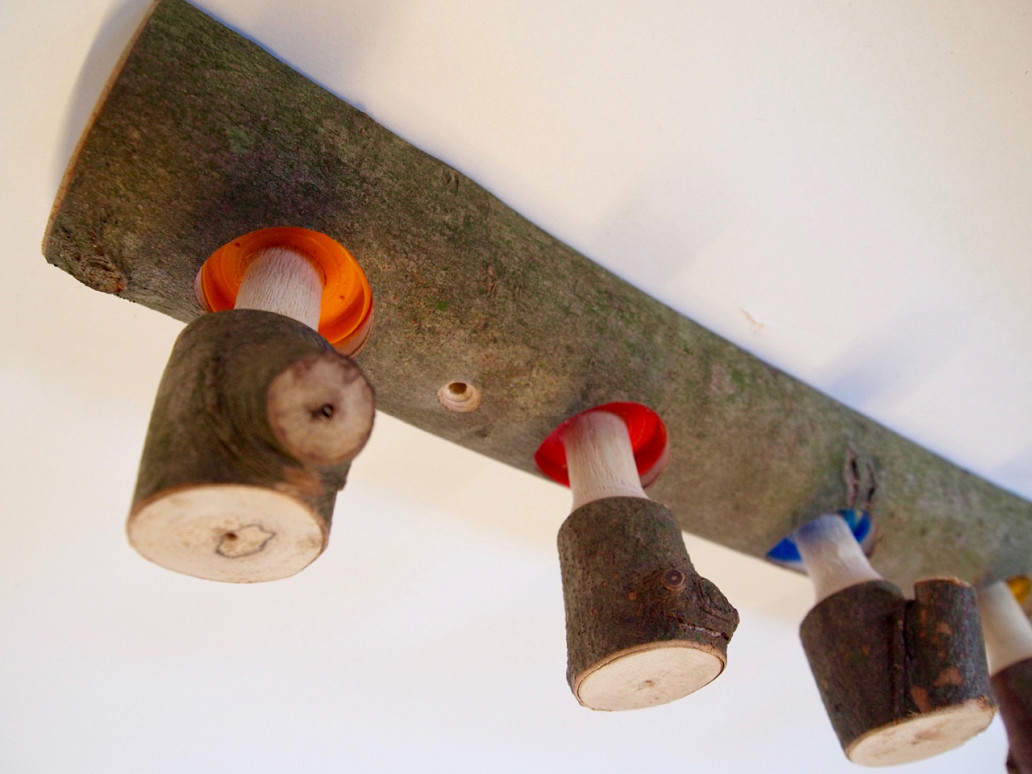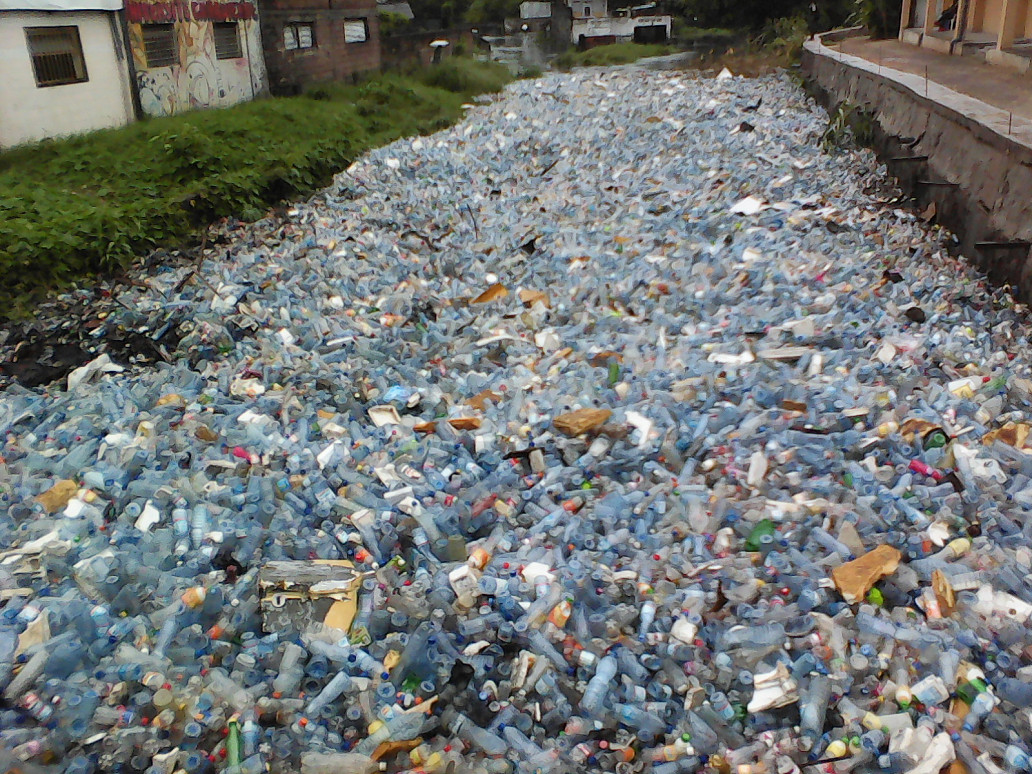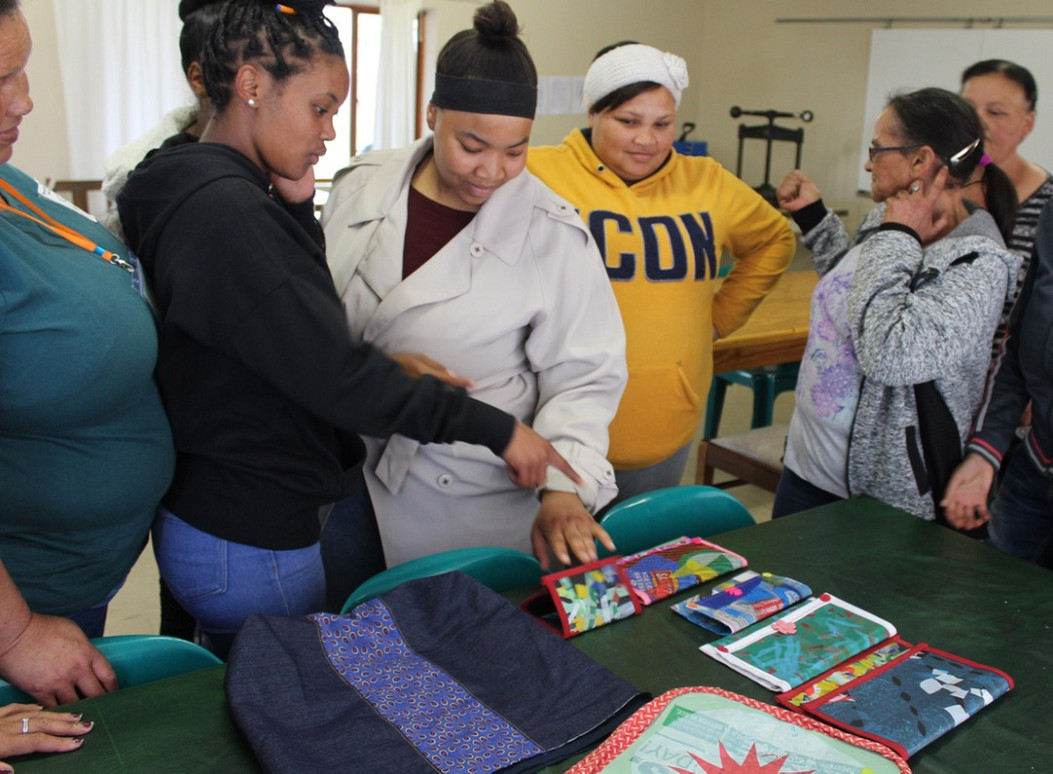Help
Community21 has selected some case study communities and projects to share across the network to inspire and inform others. Should we be featuring yours? If so get in touch.


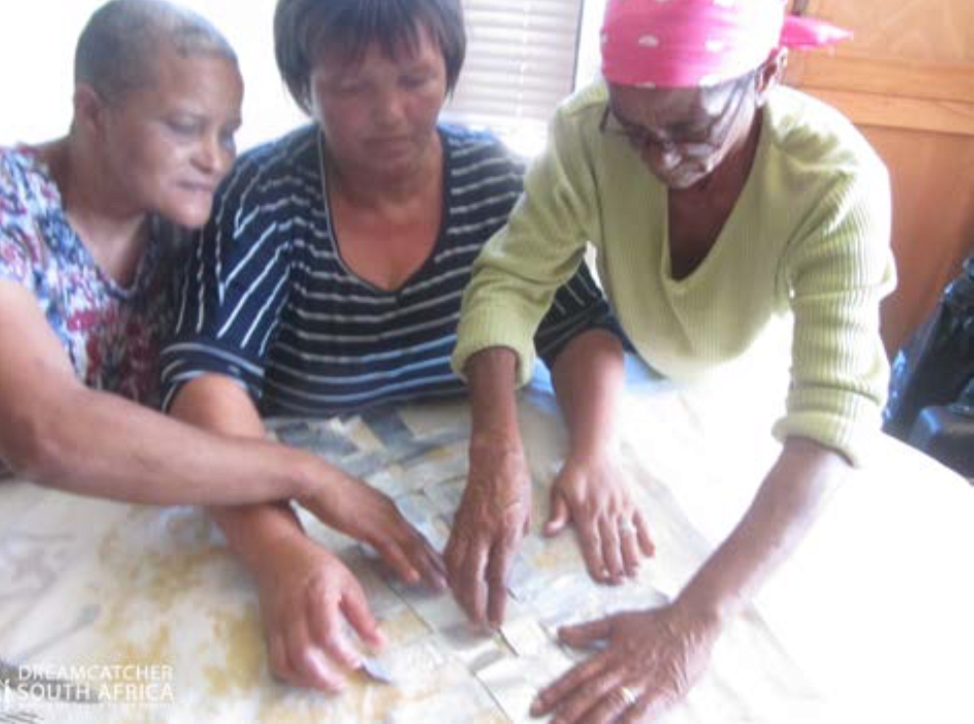
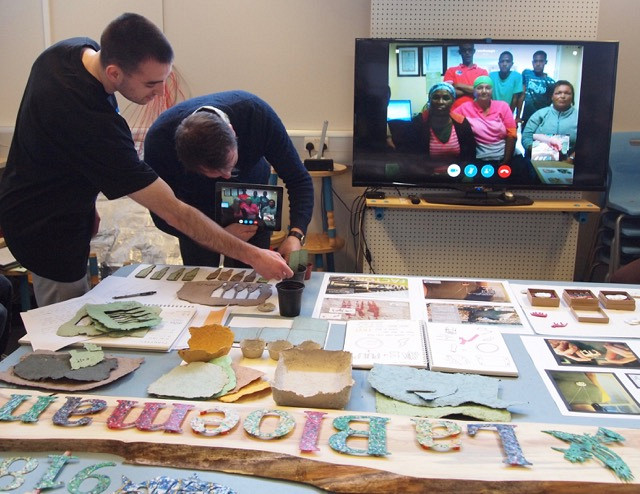
This project explores how the circular economy and ‘open’ design-thinking can empower communities and offer a practical solution to local waste problems whilst catalysing a range of development opportunities.
The project is a collaboration between Community21 / University of Brighton led by Nick Gant and Dr Ryan Woodard, The Dreamcatcher Foundation with funding from the Utopia Foundation and included input from design researchers Tanya Dean and Stefano Santilli and Designer Colin Jenkinson.
University students, staff and communities develop relationships and co-learn and co-design ways to take waste out of the environment and transform it into valuable assets for the community.
Key questions explore the potential of remote communications and methods in remotely located communities of practice and notions of 'distributed manufacture' with waste.
What additional social and cultural values are established through re-making with waste?
What do we learn from each other between distant communities with different learning objectives and knowledge?
What re-making methods and processes support inclusive creative processes and facilitate new opportunities and values?
Despite the distance students were able to induct and teach community members how to undertake creative tasks and together design new products made from problematic waste.
The project aims to develop a local making resource or workshop that uses low cost, accessible technology and processes to manufacture products utilising local resources as feedstock. Products are co-designed in a collaboration between the community and designers and makers in the UK taking into account the needs and values of the community. Blue prints and material recipes can then be shared, adapted and ‘re-used’ to benefit other communities.
As such the project is not only about adding value to the individual case-study community, but also explores how the use of technology could ‘openly’ make a difference to communities in the future by sharing models and resources through internet enabled platforms, tools and methods.
The project hopes to produce an 'open-source' toolkit following testing with our case-study community in South Africa in 2017.
See the Community21 project management page with this https://community21.org/partners/wikiwasteworkshop/ can


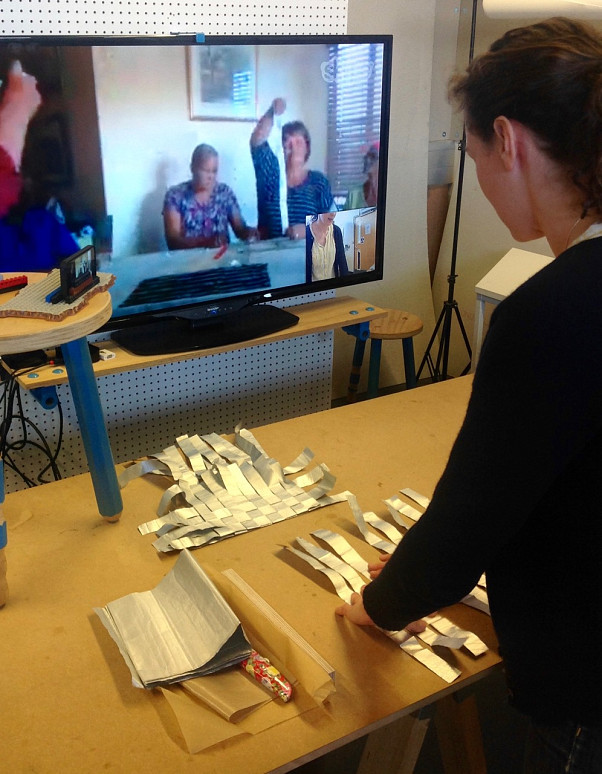
Our remote communities interact remotely through internet enabled communication tools and we test how best to support non-hierarchical knowledge exchange and develop a new community of practice between young people in localities far away from each other.
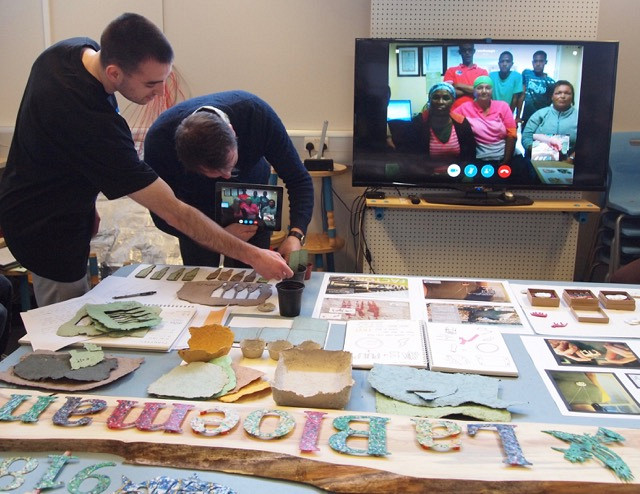
Students and research staff and our collaborative communities use internet tools and examine the best methods for two way intelligence and knowledge sharing between remote locations.
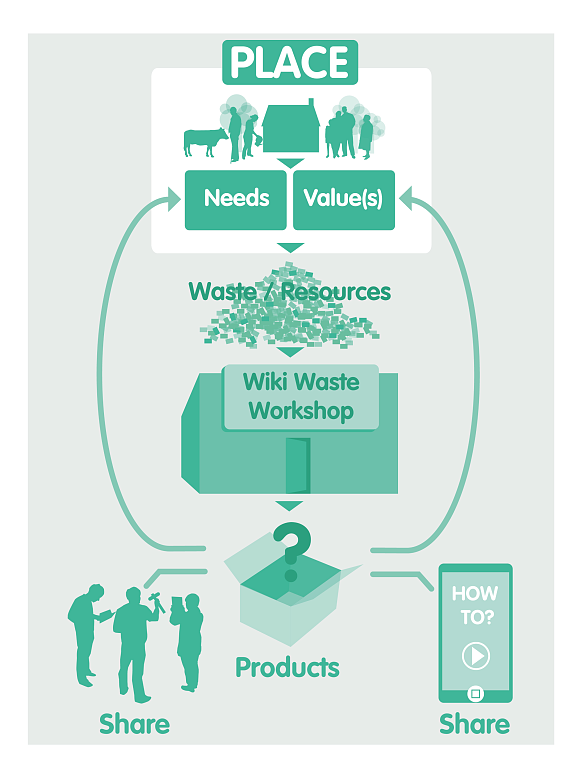
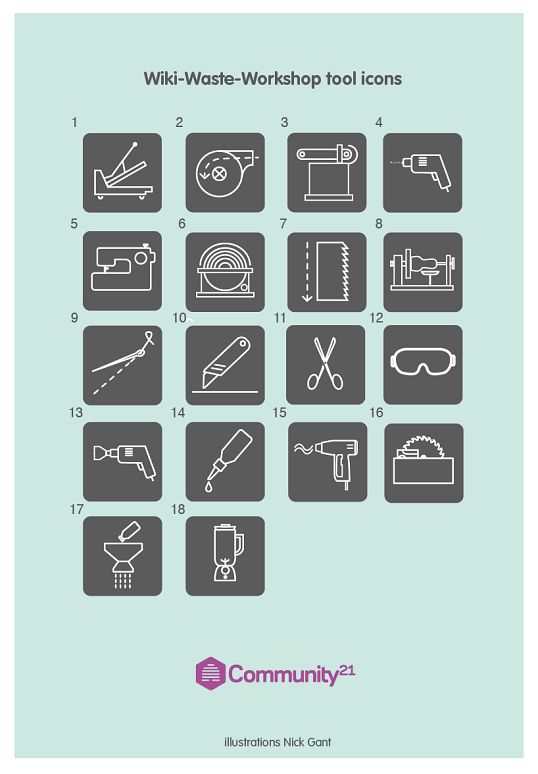
This is the model the project has devised to research (in collaboration with our project partners). Devised by Nick Gant and Ryan Woodard 2014.
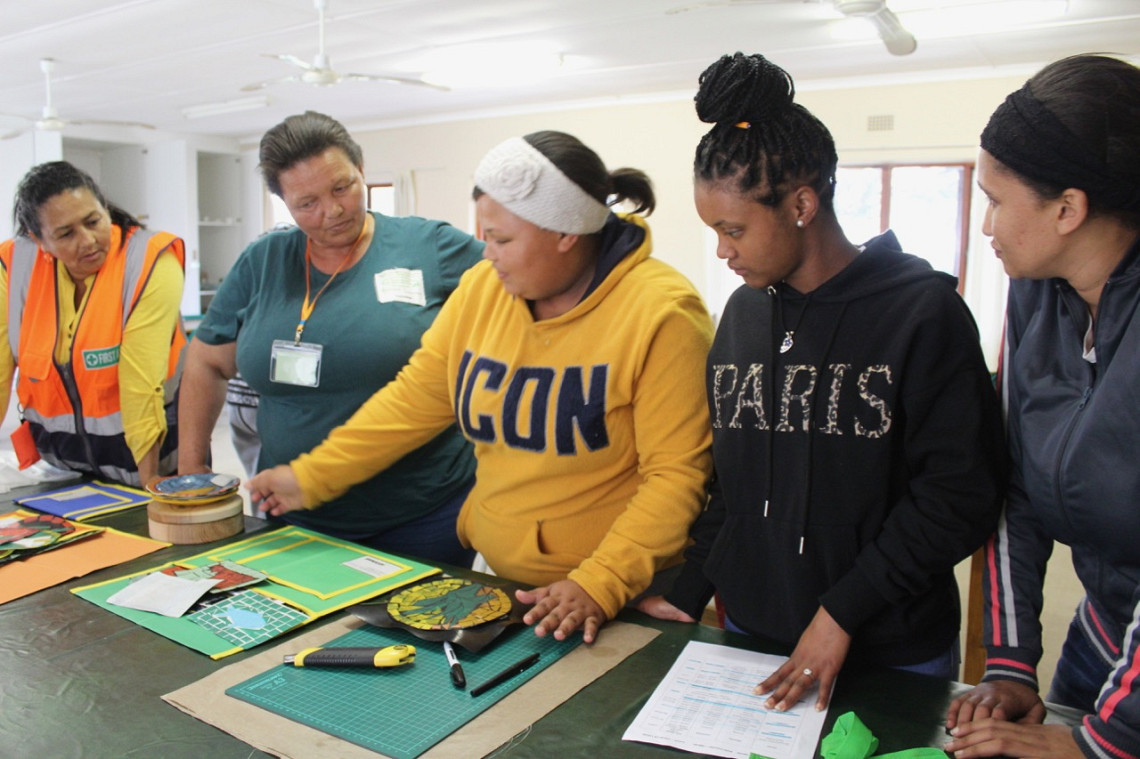
'Spin-out' values (Gant, 2019) are identified through the design and making process - these include reengaging with local flora and forna, natural and social cultures, educational opportunities, creative collaborative making for well-being and establishment of new identities.
The project is facilitated through and located at the Dreamcatcher Foundation's HQ within the community of Melkhoutfontein.
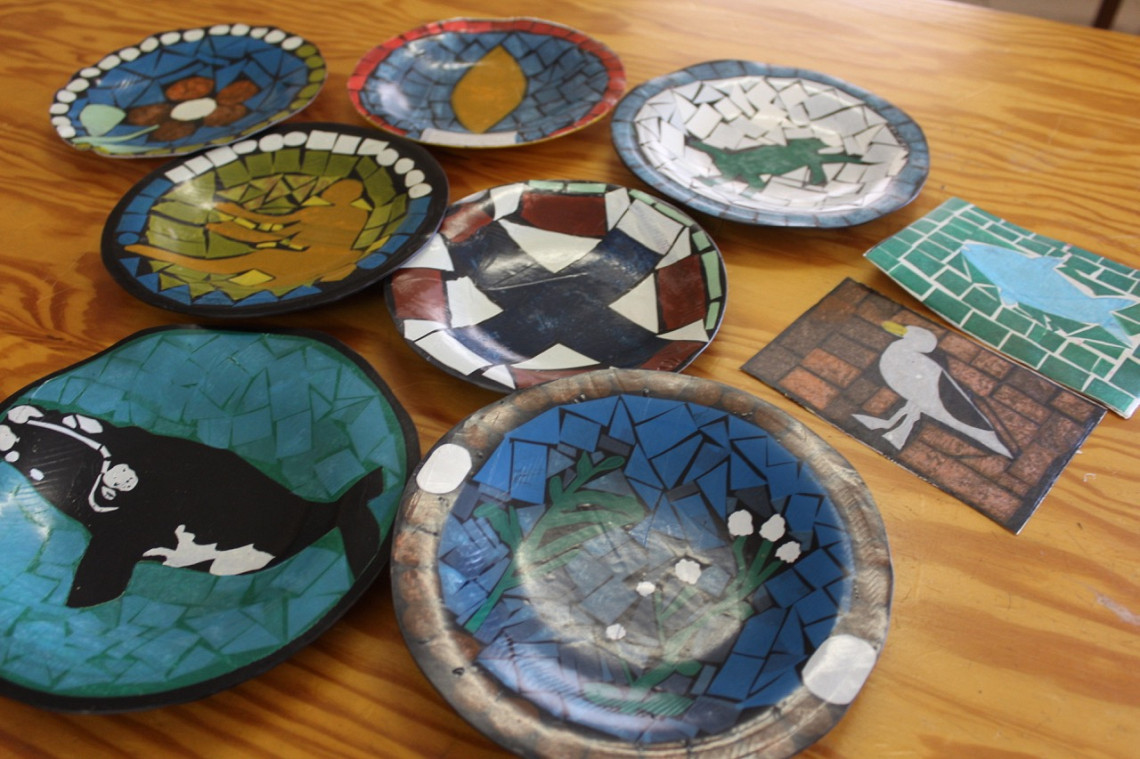
Simple tools enable inclusive creative opportunities whilst supporting quality outcomes with locally authentic (waste) materials with makers reengaging and interpreting locally relevant cultural references.
Use carrier bags and fruit nets to make a versatile material.
Note the use of a hot heat press and safety gloves. This is undertaken in a well ventilated area.
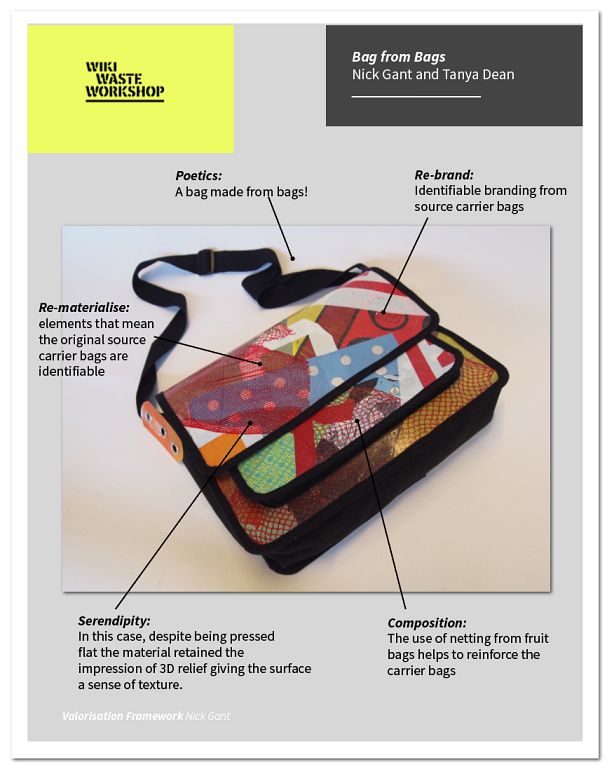
Over a period of 20 years Nick Gant has been mapping processes for 'valorisation' of waste or low value materials.
Gant's valorisation framework maps definitive and tested methods for adding value to waste - This project utilises some of this research but has also helped feed into authenticating and applying existing knowledge and growing new interpretations of how we 'add value' through co-making in different cultural contexts.
Tanya Dean demonstrates using carrier bag material to make a functional and strong school bag.
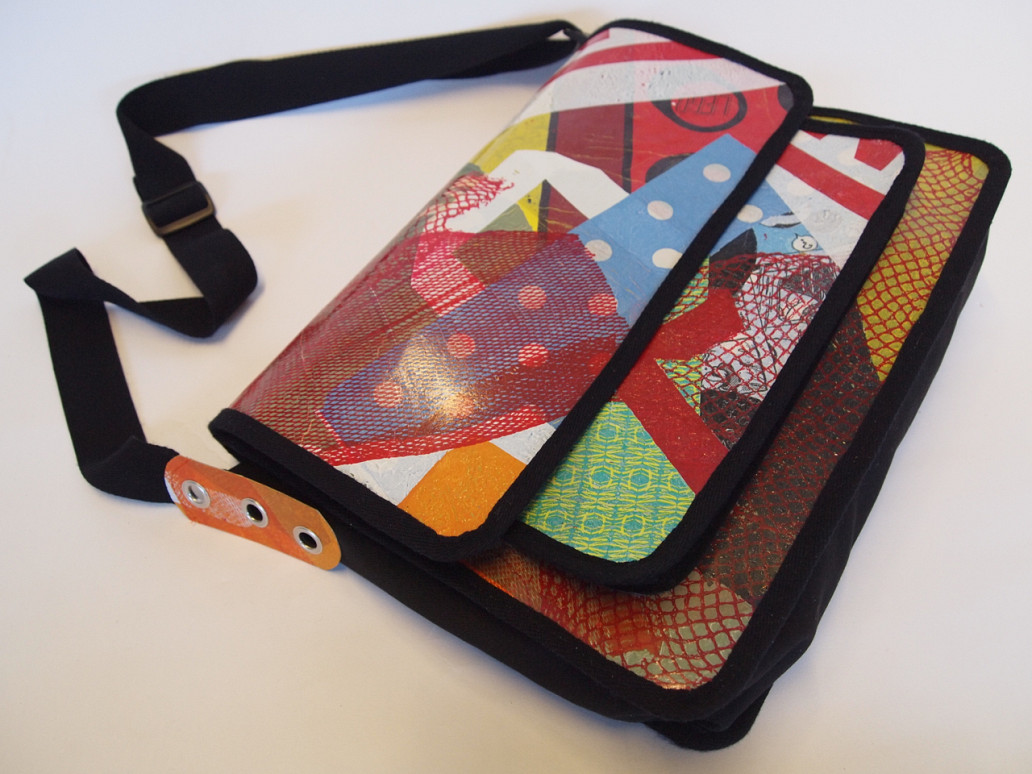
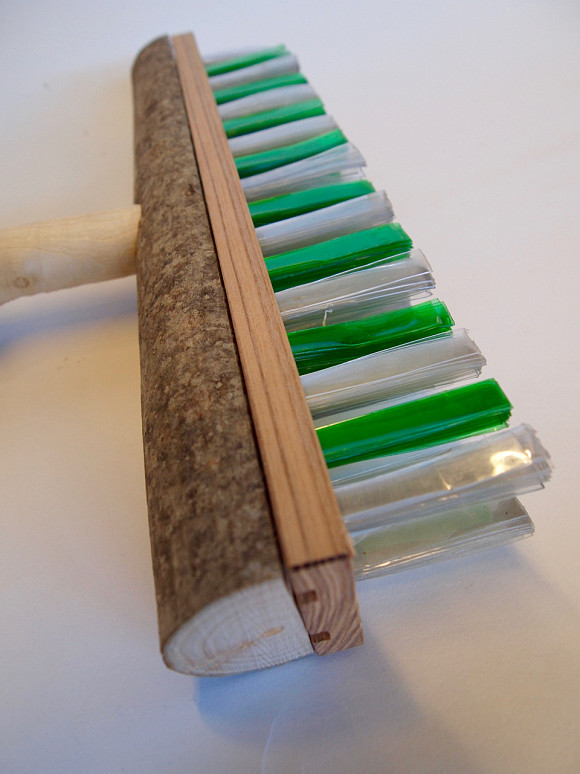
Note this uses equipment that requires risk assessment and user induction. It is undertaken in a well ventilated area.
